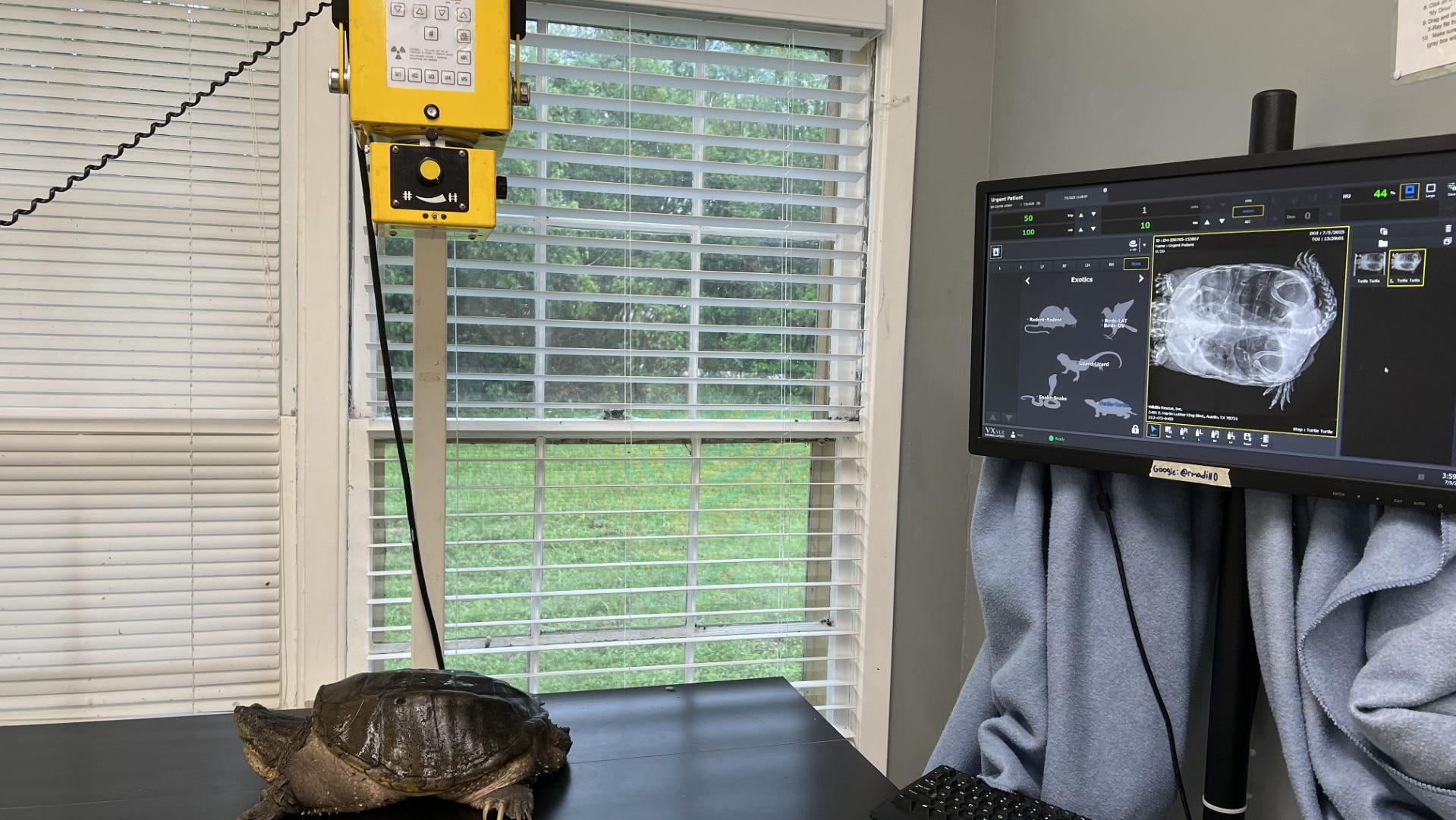news
Where do Texas animals go during devastating floods?
Texas floods devastate, claiming dozens of lives and impacting wildlife. Learn how you can help victims, human and animal, navigate the crisis.
Published July 7, 2025 at 7:20pm

Recent torrential storms have unleashed devastation across the Texas Hill Country, triggering severe floods along the Guadalupe River in Kerr County and in the Austin area. The human cost has been severe.
The widespread flooding has also profoundly impacted native wildlife, with rescue organizations reporting a surge in distressed animals, especially vulnerable newborns displaced from their habitats.
Executive Director of the Austin Wildlife Rescue, Jules Maron, sheds light on the grim reality. "There's a misconception that wildlife knows what to do when these natural disasters come," Maron said. "But a disaster is still a disaster. It's not a normal occurrence."
This truth is starkly reflected in the organization's intake numbers. Following recent storms, the center received 50 animals on Saturday and 63 on Sunday, with another 15 by noon on Monday. While the center is always busy during "baby season," these numbers are a notable uptick.
What animals are impacted by storms, flooding?
The most heavily impacted animals are those that make their homes on the ground or in lower levels. "We're getting a lot of babies that are getting washed out of their dens," Maron said, listing foxes, skunks and rabbits as particularly affected. Many of these young animals, like baby opossums, arrive with scrapes, bumps, bruises and even fractured legs after being separated from their mothers.
Even arboreal creatures aren't safe. Heavy rains can dislodge nests, sending baby squirrels and birds plummeting to the ground. "It does affect everything," Maron said, "but especially the animals that are on the ground."
Caring for these displaced and injured animals is a monumental task. The center, which handles around 10,000 wild animals encompassing approximately 300 different species each year, provides highly specialized care. Orphaned babies, like opossums and squirrels, will remain under their care for at least three months. This involves bottle-feeding or tube-feeding with specialized, species-specific formulas, as well as diets that mimic their natural food sources.
The influx of animals pushes the facility's capacity to its limits, but the team responds with ingenuity. "We are just creative in our accommodations," Maron notes, recalling how they adapted during Hurricane Beryl when they took in 80 unexpected birds from the coast. Currently, they're utilizing a screened-in porch, setting up more cages to house the new arrivals.
A snapping turtle's slow recovery
Even aquatic animals are not immune to the chaos. A large common snapping turtle was brought in over the weekend, seemingly washed out of its usual habitat.
Despite being an aquatic creature, it was found limping and with an injured eye. X-rays revealed no broken bones, but the turtle is now on pain medication and receiving treatment for its eye. Turtles heal slowly due to their metabolism, so this snapping turtle is expected to remain in the care of the center for about three weeks.
What to do if you encounter a wild animal after a storm?
Austin Wildlife Rescue urges the public to be vigilant and empathetic when encountering wildlife after a storm. While wild animals are resilient, "unusual weather really impacts our native creatures."
Key signs an animal might need help include:
- Soaking wet and not moving: If an animal is drenched and immobile, it likely needs intervention. Babies, in particular, are at risk of hypothermia as they cannot regulate their body temperature.
- Any baby animal found alone: While some parents leave their young for periods, a solitary baby, especially if wet, warrants a call to the rescue center.
- Obvious injuries: Animals are adept at hiding pain, so even subtle signs like limping or unusual behavior should prompt a call. A baby fox brought in after being washed out of a storm drain appeared fine but had a fractured back leg, requiring orthopedic surgery.
The center emphasizes the importance of calling them first if you're unsure. "We can talk through the situation individually," Maron says. "In some cases, the animal might be okay. In other cases, it may need our intervention."
In these times, patience with wildlife moving through yards and neighborhoods is crucial. As communities clean up from their own disasters, remember that animals are also navigating a disrupted world. Local wildlife rescue organizations are dedicated to helping these creatures, and a simple phone call can make all the difference for an animal in need.

